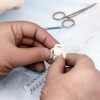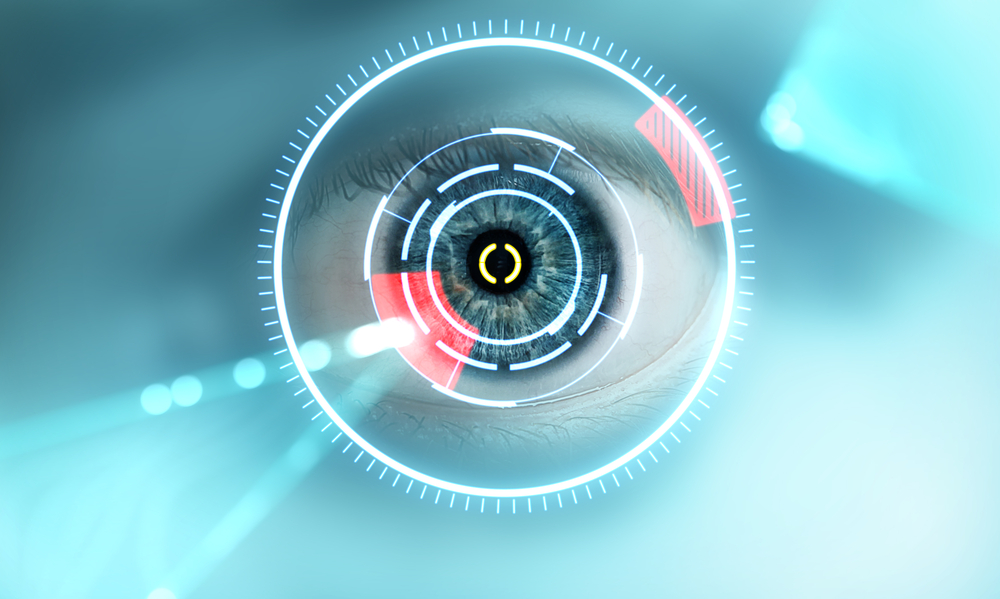Ocular Surgery News U.S. Edition, November 10, 2019
PARIS — New discoveries in the field of lamellar keratoplasty illuminate why endothelial grafts scroll with the Descemet’s membrane inside and endothelial cells outside.
“This scrolling pattern of the Descemet’s membrane is crucial to our DMEK and PDEK procedures. We rely on this consistent scrolling with the endothelial cells outside when we unscroll and attach the tissue to the posterior surface of the cornea,” HarminderDua, MD, PhD, chair of ophthalmology at the University of Nottingham, U.K., said in an interview with Ocular Surgery News at the European Society of Cataract and Refractive Surgeons meeting.
When the pre-Descemet’s layer or the Descemet’s membrane are immunostained to determine the content and distribution of elastin, results are different. While the pre-Descemet’s layer uniformly stains along the entire surface, the Descemet’s membrane stains selectively as a narrow band around one-fifth or one-sixth of the width in the anterior border only.

HarminderDua
“Imagine a piece of rubber band. If you stretch it and leave it, it will come back to its normal length. But if you stretch it and stick it to a piece of paper, then that paper will roll. That’s exactly what happens with the Descemet’s membrane. The narrow band of elastin on the anterior surface of the membrane confers increased elasticity to the anterior surface and allows it to scroll with the endothelial cells outside,” Dua said.
These findings were further confirmed by elastase digestion experiments. Elastase incubation made the Descemet’s roll unscroll open and become flat. Immunostaining of the unscrolled membrane showed that the elastin band was completely fragmented, unlike the band in the controls.
Other experiments showed that after removing all the endothelial cells, the scrolling pattern of the Descemet’s membrane did not change. This demonstrates that endothelial cell density does not play a role in the directional scrolling of the Descemet’s membrane, which is solely and completely related to the presence and distribution of elastin.
“These findings have two important pieces of significance,” Dua said.
One is the answer to the question: Why is this orientation there? Physiologically, what purpose does it serve? The answer, he said, is simple.
“The cornea is convex anteriorly and concave posteriorly. The Descemet’s membrane is attached to it not by structural connection but apposition. If the Descemet’s tries to scroll always inward, it will be all the time apposed strongly to the back of the cornea, and that is the physiological function served by this unique distribution of elastin,” he said.
The second important consequence of this discovery is that it can lead to a new way of making the unscrolling of the Descemet’s membrane easier inside the eye by pretreatment with elastase for a short period of time in the right concentration at the right temperature.
“When we put the Descemet’s roll into the eye, it will be less tight and easier to control,” Dua said. “Of course, a lot of work has to go into this to make sure that the Descemet’s recovers and cells are not damaged. Hopefully we will have some answers in the next year or so.” – by Michela Cimberle
- Formoreinformation:
HarminderDua, MD, PhD,can be reached at harminder.dua@nottingham.ac.uk.












